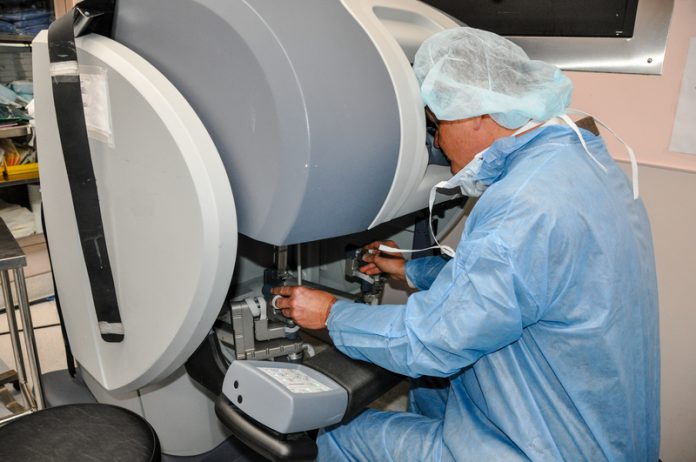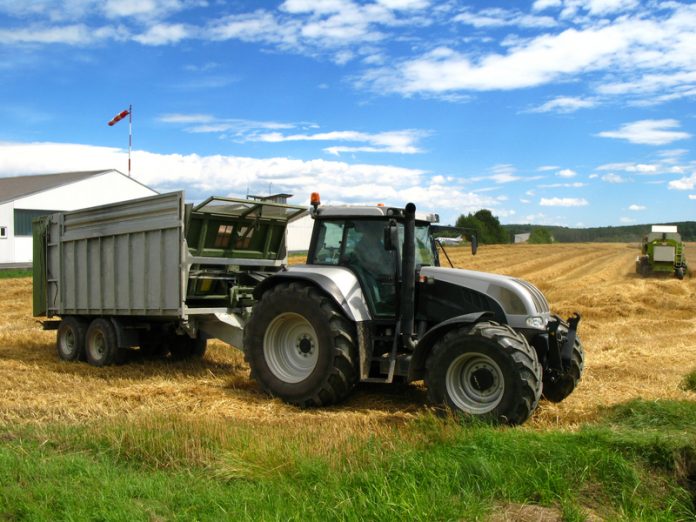Open Access Government produces compelling and informative news, publications, eBooks, and academic research articles for the public and private sector looking at health, diseases & conditions, workplace, research & innovation, digital transformation, government policy, environment, agriculture, energy, transport and more.
Home Search
AI - search results
If you're not happy with the results, please do another search
Using innovative digital technologies for the delivery of healthcare in the UK
Jonathan Evans, communications manager at the Association of British Healthcare Industries explains the need to innovate when it comes to using digital technologies for the delivery of healthcare in the UK.
Global Shortage of hepatitis B vaccine caused by manufacturing process
Health professionals have warned that problems in the manufacturing process has caused a global shortage of the hepatitis B vaccine. Ordering restrictions will remain in place in order to prioritise vaccinations for those who need it most.
Brits concerned about computer safety due to rise in unwarranted bitcoin mining
A new study has revealed that there is major concern amongst brits about unwarranted bitcoin mining on their personal computers
HealthyMinorCereals project – Ensuring nutrition by growing diversity
The HealthyMinorCereals project studies five species of currently less cultivated cereals with the aim to ensure human nutrition through diversity.
Cereal production across the EU is currently based on three main crops –wheat, barley and maize – accounting for more than 85 % of the cereals produced and grown on...
More than £100,000 of Students’ loans has been stolen by phishing scammers
Study reveals students have been targeted more than 500 times by phishing scammers in two academic years
London housing group receives multimillion European funding
A London housing group has received European funding to share its knowledge and inspire more communities to become ethical housing developers
New UK-wide agreement to speed up clinical trials and medicines R&D
Life Science leaders from across the UK have welcomed a new agreement that will make it easier for life-changing clinical trials and medicines research and development to take place across different parts of the UK
Research reveals levels of inappropriate prescriptions in England
At least 20% of all antibiotic prescriptions in primary care in England are inappropriate according to research published by Public Health England
European Institute of Innovation and Technology sets out expansion plans for 2020s
The European Institute of Innovation and Technology (EIT) is ready to take on an enhanced role in Framework Programme 9, according to Martin Kern, interim director
Cloud computing in medical imaging: Not a matter of if, but when
Nadim Michel Daher, industry principal at Frost & Sullivan reveals his views on the vital role of Cloud computing in medical imaging.
EURORDIS Group call for more access to rare disease therapies in Europe
In light of Rare Disease Day, EURORDIS – Rare Diseases Europe and its member organisations, have launched a new position paper today (28th February), to grant patients full access to rare disease therapies across Europe.
General Data Protection Regulation
Why are you sending me this Information Notice?
The General Data Protection Regulation (GDPR) is a new European directive relating to data protection that was adopted on 27 April 2016 and will come into effect on 25 May 2018. It replaces the data protection directive from 1995. The UK is required to implement...
Nearly a quarter of households have never switched energy provider
According to new research, Brits are missing the opportunity to save hundreds of pounds by switching their energy provider
Northern Ireland property developer accepts bitcoin as payment method
Bitcoin is to be accepted as a payment method by a Northern Ireland property developer amid significant growth
Second phase of upgrade work at Splott Road bridge completed
Engineers have completed the demolition of Splott Road bridge as work to modernise the South Wales Mainline continues
Once-in-a-generation opportunity to shape future farming policy
Reducing direct payments could free up £150 million for the environment and other public goods
HPE implements India’s first cloud-based integrated command and control center
BSCDCL smart cities project selects HPE to design, build and run multiple city command and control center operations
MWC18 hosts best of Great British mobile innovations
More than 100 UK companies will showcase mobile innovations at Mobile World Congress and Four Years from Now as part of Great Britain and Northern Ireland presence
New funding will help speed up the delivery of new homes
Housing Minister has announced new funding to help speed up planning decisions and help deliver quality new homes
Transformational investment in off-road self-driving technology
Automotive Minister Richard Harrington announces Industrial Strategy funding for off-road self-driving vehicles which could revolutionise the mining and construction sectors




















